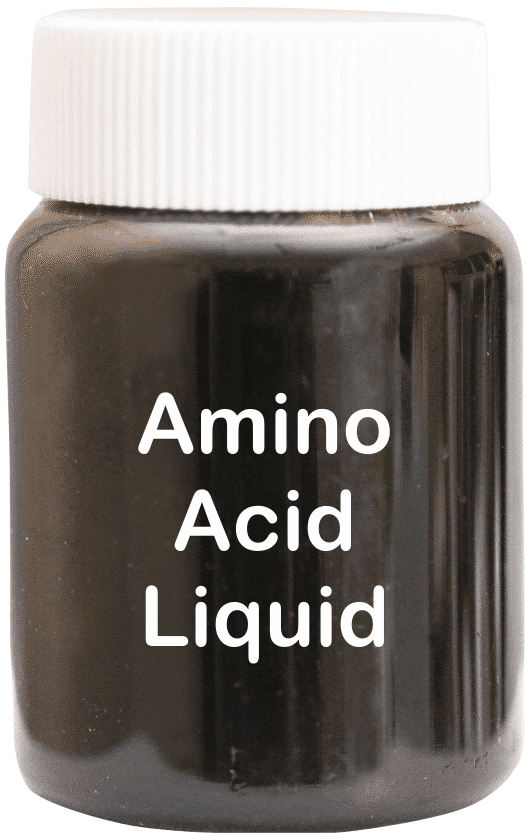
Amino Acid Powder
Product Details:
- Chemical Name Other
- Application Agriculture
- Physical State Powder
- Product Type Powder
- Click to view more
Amino Acid Powder Price And Quantity
- 100 Kilograms
- 100.0 INR
Amino Acid Powder Product Specifications
- Powder
- Agriculture
- Other
- Powder
Amino Acid Powder Trade Information
- 5000 Kilograms Per Month
- 3-4 Days
- No
- Free samples are available
- All India
Product Description
Amino acids are categorized into two types: animal origin, derived from sources like duck feathers, and plant origin, sourced from plants such as soybeans and corn. Amino acid fertilizers are highly beneficial for plants as they are easily absorbed, transported, and utilized as nitrogen and carbon sources. This efficiency saves the energy plants would otherwise expend to break down organic matter, synthetic nitrates, and ammonia into amino acids. Additionally, amino acids act as biostimulants, enhancing various physiological processes in plants.
Amino acid fertilizers typically contain a diverse array of 17 free amino acids. These compounds play essential roles in plant metabolism, growth, and stress response mechanisms. By providing readily available nutrients and stimulating plant functions, amino acid fertilizers contribute to improved nutrient uptake, enhanced plant vigor, and ultimately, higher crop yields. Their dual role as nutrient sources and biostimulants makes them a valuable component in modern agricultural practices aimed at maximizing plant productivity while reducing environmental impact.
 English
English Spanish
Spanish French
French German
German Italian
Italian Chinese (Simplified)
Chinese (Simplified) Japanese
Japanese Korean
Korean Arabic
Arabic Portuguese
Portuguese


